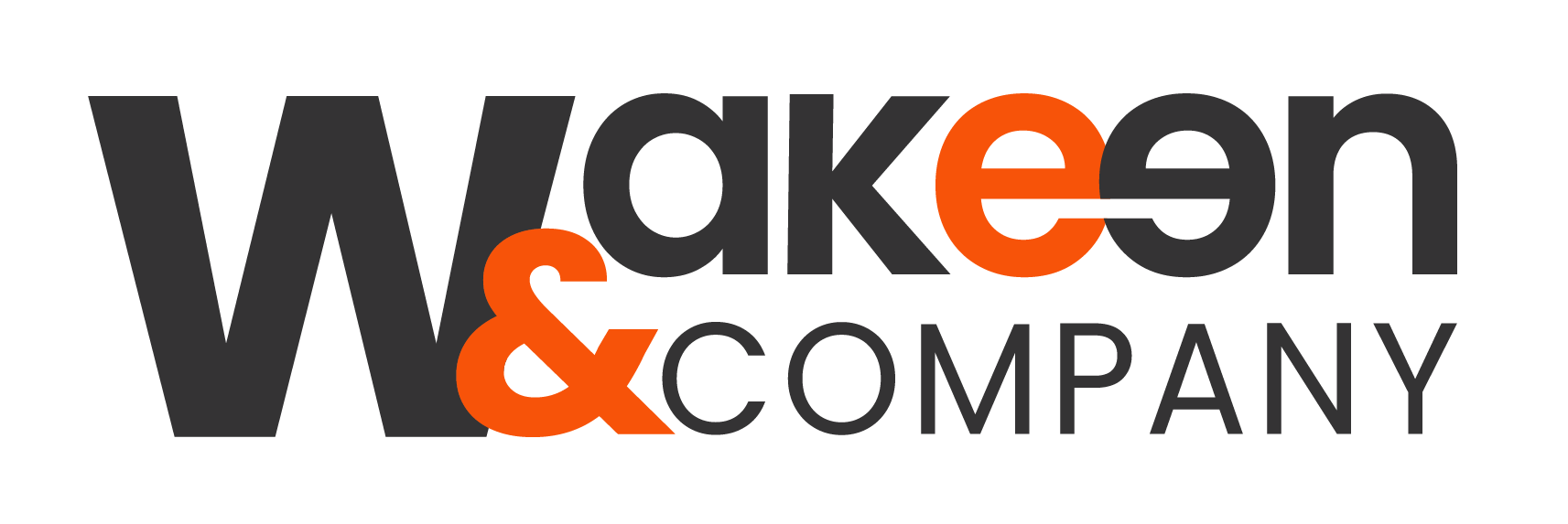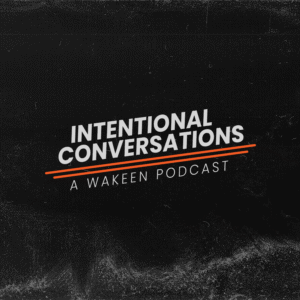With 89% of businesses using video, 93% of marketers saying video has given them a good ROI, and 87% of everyday people reporting that they were convinced to buy a product or service by watching a video, the data could not be more clear (Wyzowl). Like it or not, it’s a video-driven world now, and it’s unlikely to slow down.
In fact, most industry experts would agree that organizations should prioritize using video content through a variety of tactics and platforms, and in various creative approaches and levels of execution. This could mean anything from capturing native social content internally on a cell phone or calling in external support from a marketing firm or video production house for projects that require a much higher level of sophistication.
That said, not all video partners are created equal. So, whether it’s a large business looking to create TV commercials with Hollywood talent or a tiny non-profit that needs help telling their story, when looking for a video partner, it is always important to understand the five basic steps in the video production process and be alert for red flags that could complicate the project.
1. Discovery
As might be expected, the first step in engaging with a potential video partner should be a discovery session to provide information, clarity, and context around both the desired video assets as well as the organization itself. This meeting should be a mixture of strategic, creative, and logistical discussions that cover goals/needs/wants, target audiences, tactics/use case, content, timelines, budget range, etc. Why all the strategy? Because videos shouldn’t just look pretty, they should be a strategic solution that inspires action in target audiences.
The key thing to know here is that the video partner should be listening and seeking to understand, not just trying to make the project fit within a specific creative prescription. Doesn’t seem like they are listening – that’s a giant red flag. It’s also good at this stage to come prepared with a budget, or at least a range, so that any proposals received afterwards are relevant to the organization.
2. Proposal and Scope of Work
Following a discovery meeting, a potential video partner should spend some time working on a proposal that not only provides required investment, deliverables, and a creative treatment clearly communicating vision for the project, but also demonstrates understanding of organizational goals and how the proposed video assets will help achieve those goals. Don’t expect proposals to be delivered the next day, but it shouldn’t be weeks without communication either. Once a video partner is selected, much of the proposal information should be enshrined in a scope of work with clear investment, deliverables, and timelines.
The main thing to look for here is clear communication and understanding of the organizational needs, wants, and goals. If the proposal does not speak to how the deliverables will serve as a solution for the organization, that is a red flag.
3. Pre-production
So, a video partner has been selected, and everything is now official; that’s GREAT! But, what’s next? Well, that is highly dependent upon the parameters of the project. This stage is obviously logistics heavy – selecting capture dates, identifying interviewees, collecting brand guides and needed assets from the client, creating a full schedule for the capture days, etc. – but it is also the time to fully dial-in creative approach – things like scripting, shot lists, storyboards, casting calls for actors, sourcing props and locations, etc.
Sounds like a lot of heavy lifting, right? Obviously, a client will need to collaborate with the video partner and provide final approvals throughout the process, but if the client is made responsible for everything, that is a red flag. Video partners are brought in for their expertise and should carry the vast majority of logistical and creative responsibilities. Organizations should also have a firm understanding of the full creative approach by the end of this phase and should not be completely surprised by the initial version of a video asset.
4. Production
This is it, the big day! The video partner arrives with a crew, as well as camera, lighting, and sound packages, backdrops, props, and any other elements necessary to implement the approved creative vision. If the capture day seems easy and simple, that’s only because a tremendous amount of work went into pre-production to make this day smooth.
The main red flag to look for here is whether the video partner makes space for the organization to be included throughout the day or tries to fence out the client from viewing or commenting on what is being captured. Video clients should be as involved (or not) as their hearts desire – and really this should be happening throughout the entire process. Feedback in real time is a gift!
5. Post-Production
The final stage in a video project comes when all the discussions and hard work come to life in an initial edit. This may take a couple of weeks or more, depending on the scope of what is being created. However, the client should receive a first cut in an expected and reasonable amount of time, which includes the agreed-upon content/imagery, needed messaging/calls to action, appropriate music selections, and any graphical, animated, or other elements spelled out in the creative approach.
Do not expect a fully polished asset, as the video partner should be providing one or more opportunities for the client to review and provide feedback for revisions. Once necessary revisions have occurred and the edit is “locked”, then polishing and finalizing will take place so that the final assets can be delivered to the client to deploy in the marketplace.
If a video partner is not offering opportunities for review and revisions, this is an enormous red flag – and honestly, this should really be addressed as early as possible, if not during the initial discovery meeting. So that’s it, from initial conversations through final delivery, this video production process, when executed with the right partner, will deliver video-based solutions that help organizations communicate with purpose and move the needle by inspiring action. Now, go forth and create with confidence!



